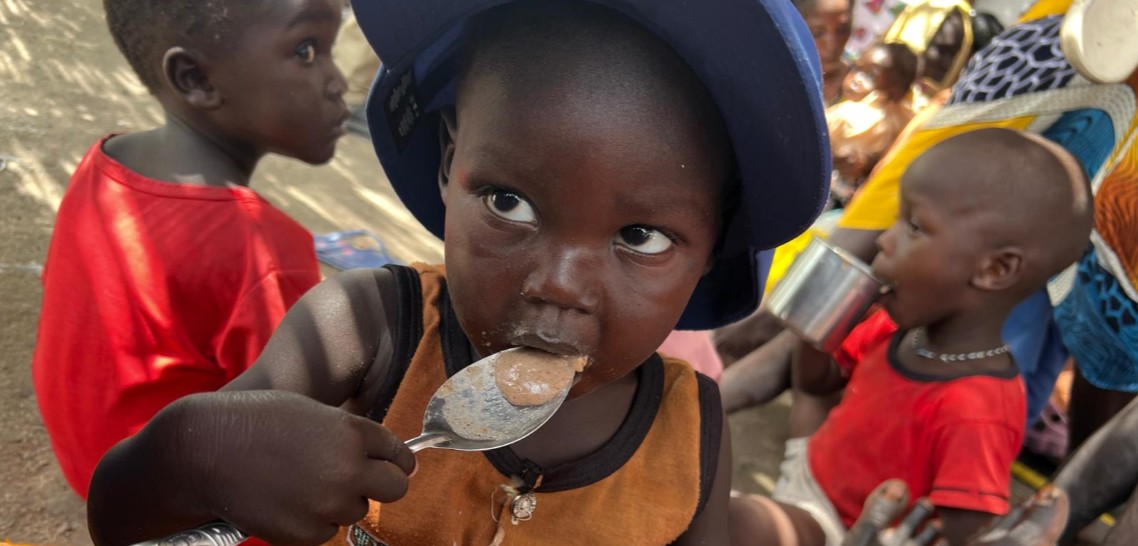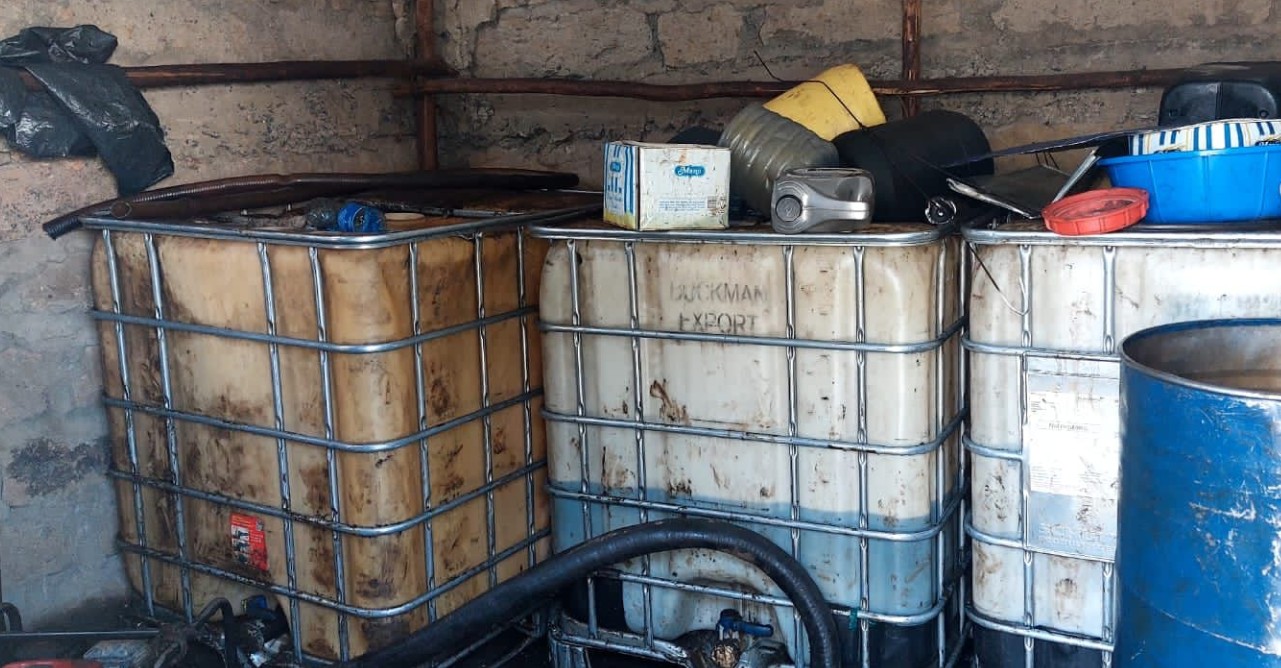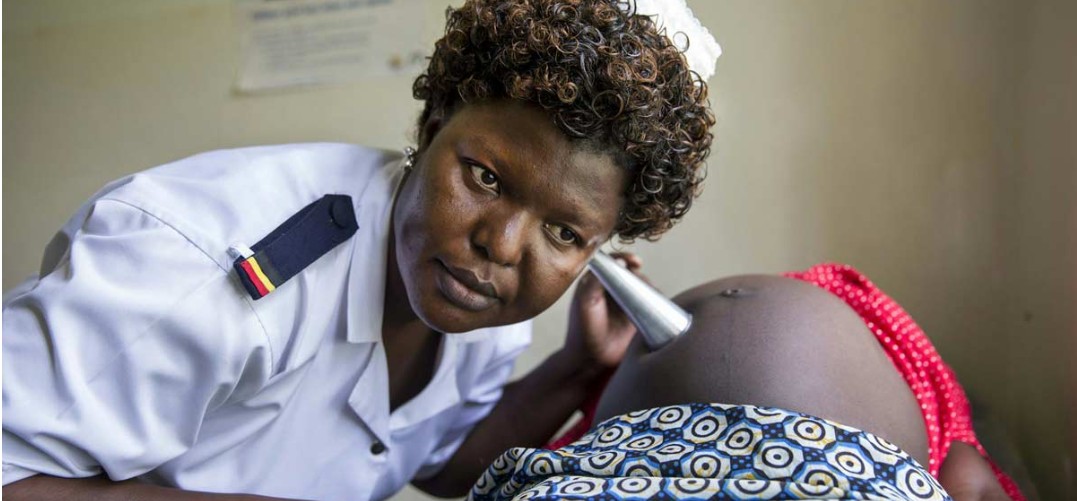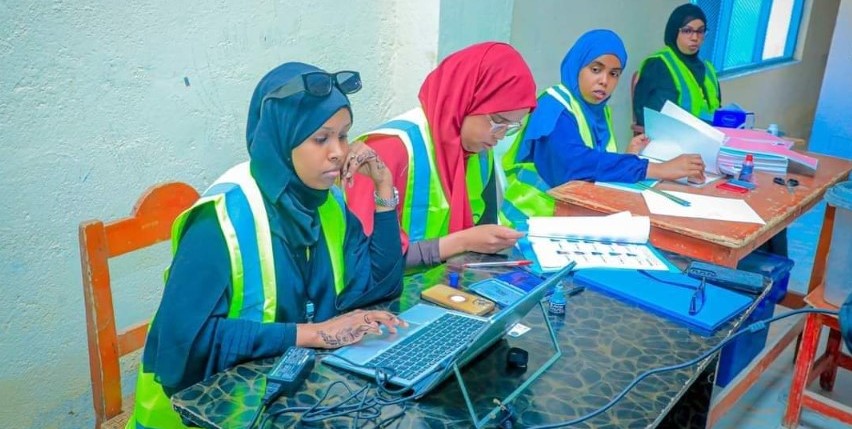Over 80 per cent of child deaths in high-mortality areas preventable, study finds

It found that 86.9 per cent of the deaths involved infections, with the most common causes being malnutrition, HIV, malaria, birth defects, respiratory infections, and diarrhoea.
A new study by the Child Health and Mortality Prevention Surveillance (CHAMPS) Network has revealed that more than 82 per cent of child deaths in high-mortality regions are preventable.
The study, presented in Nairobi, shows that infections remain the leading cause of death among children aged between one month and five years.
More To Read
The cross-sectional study examined 632 child deaths across seven surveillance sites in sub-Saharan Africa, including Kenya, and South Asia.
It found that 86.9 per cent of the deaths involved infections, with the most common causes being malnutrition, HIV, malaria, birth defects, respiratory infections, and diarrhoea.
“These findings could transform the way we investigate and prevent child mortality,” said Dr Cynthia Whitney, Executive Director of the CHAMPS Programme Office at Emory University.
“MITS provides a safe, scalable, and highly informative alternative to full post-mortems, and the insights gained from this method can guide life-saving policies and interventions,” she added.
The study used a tool known as Minimally Invasive Tissue Sampling (MITS) to identify the exact causes of death.
The method provides detailed information by collecting small samples from key body organs without needing a full post-mortem.
Among the most commonly found pathogens were Klebsiella pneumoniae, Plasmodium falciparum, and Streptococcus pneumoniae.
Hospital-acquired infections
The report also warned of rising hospital-acquired infections, particularly those caused by Klebsiella and Acinetobacter baumannii, highlighting gaps in infection control.
In Kenya, the CHAMPS programme is hosted at the Kenya Medical Research Institute (KEMRI) Centre for Global Health Research in Kisumu County.
KEMRI is one of the institutions that helped carry out the study and present its findings during the CHAMPS 10th anniversary summit held in Nairobi from 27 April to 1 May 2025.
Prof Elijah Songok, Acting Director General of KEMRI, said the study has advanced child health research to a new level.
“CHAMPS has brought science closer to decision-making. Understanding not just what kills our children, but why, is vital to designing solutions that save lives.”
Kenya’s Director General for Health, Dr Patrick Amoth, said the study provides a strong foundation for improving health services for children.
“Data without action is a missed opportunity. This study gives us the clarity we need to target our health investments. Kenya’s participation in CHAMPS is a declaration that no child should die from a preventable cause.”
CHAMPS was launched in 2015 and has become a global leader in child mortality research. Its use of MITS has enabled a better understanding of childhood deaths, helping governments and health agencies to develop more effective interventions.
Over the past ten years, CHAMPS has shaped child health strategies in many countries, strengthened local health systems, and encouraged a strong research culture. Its approach is based on collecting real data from the field and using it to guide decisions.
At the Nairobi summit, CHAMPS announced its next five-year plan. It includes a focus on stillbirths, improved standardisation of its methods, stronger international partnerships, and alignment with national health priorities.
Top Stories Today












































